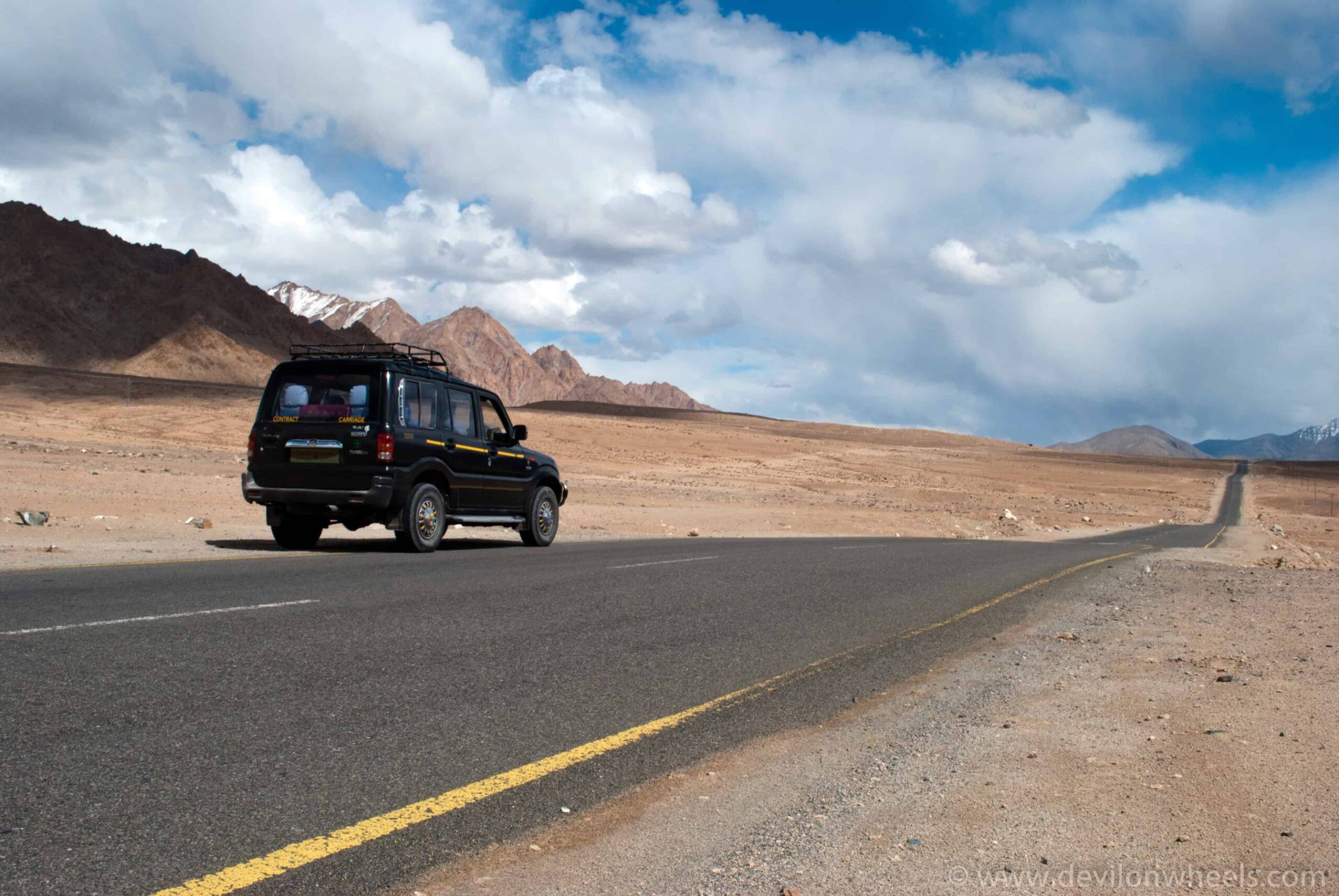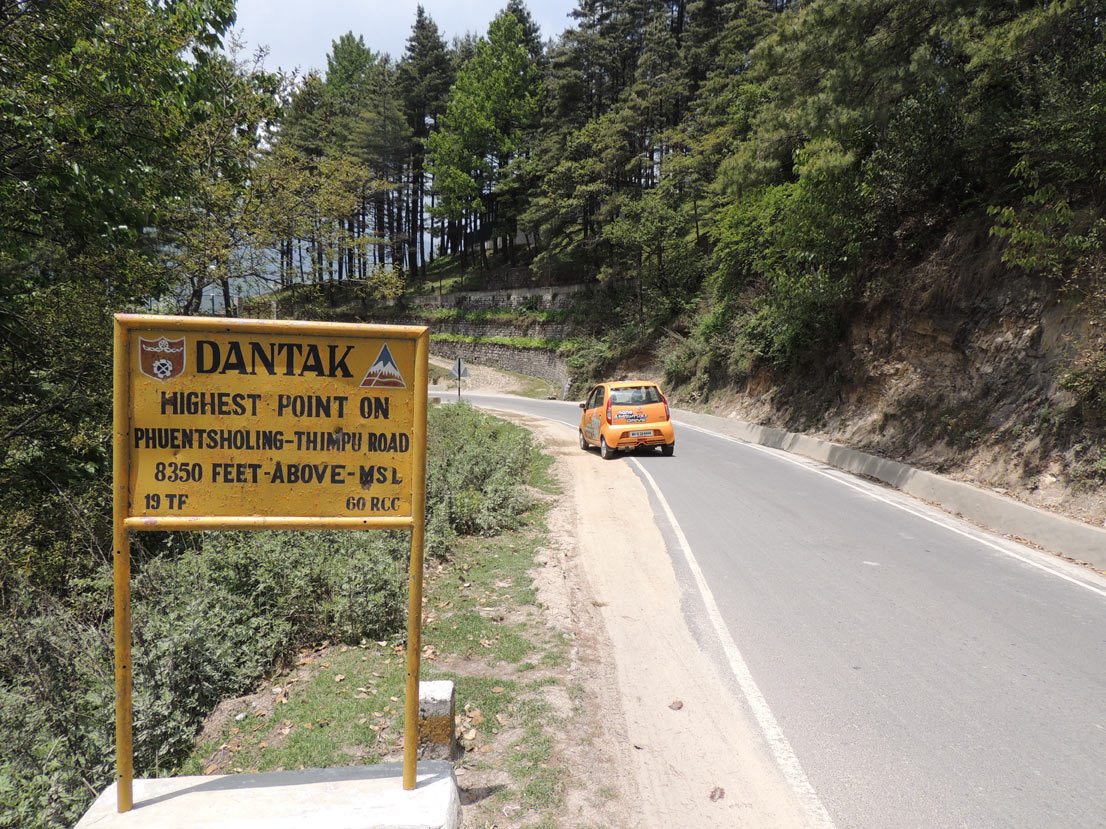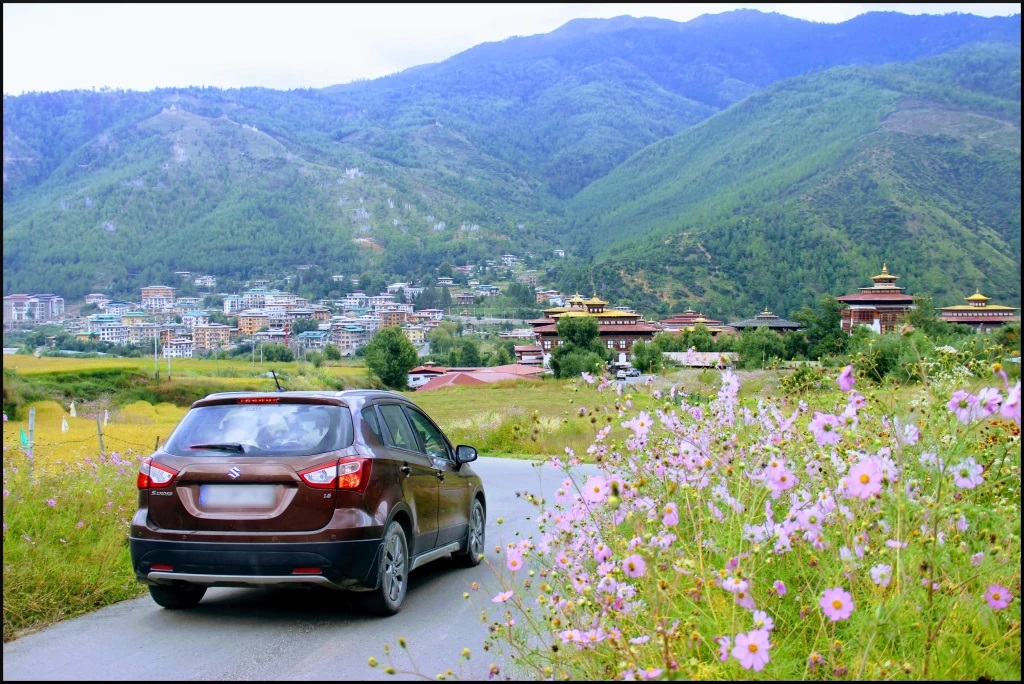Traveling from Delhi to Bhutan by Self-Driven Car: A Comprehensive Guide
Embarking on a journey from Delhi to Bhutan by self-driven car can be an exhilarating and adventurous experience. This road trip allows you to witness diverse landscapes, from the bustling cities of India to the serene and mountainous regions of Bhutan. Here’s a detailed guide to help you plan your trip, covering the route, necessary permits, driving conditions, and more.

Route: Delhi to Phuentsholing (Bhutan Border)
The distance between Delhi and Phuentsholing, the gateway to Bhutan, is approximately 1,400 kilometers. This journey typically takes around 30-35 hours, depending on your chosen route and the number of stops you make. Here’s a suggested breakdown of the journey:
1. Delhi to Lucknow: Start your journey from Delhi and head towards Lucknow, which is about 550 kilometers away. This stretch can take approximately 8-10 hours. Lucknow, known for its rich culture and history, is an excellent place for an overnight stay.
2. Lucknow to Siliguri: The next leg of the journey is from Lucknow to Siliguri, covering around 850 kilometers. This part of the trip can be quite lengthy, taking approximately 15-18 hours, so consider breaking it up with an overnight stop in between, perhaps in Darjeeling if you want a scenic detour.
3. Siliguri to Phuentsholing: The final stretch from Siliguri to Phuentsholing is about 160 kilometers and can be completed in 4-5 hours. Siliguri serves as a gateway to the northeastern states and Bhutan, making it a convenient stop before you enter Bhutan.

Obtaining Permits
Before you can drive into Bhutan, you will need to secure the necessary permits for both yourself and your vehicle. Here are the key steps:
1. Personal Permits: Apply for a tourist permit at the Immigration Office of the Royal Government of Bhutan. This can be done in Phuentsholing upon arrival, but it’s advisable to consult the Bhutanese embassy or consulate in Delhi for pre-arrival formalities.
2. Vehicle Permits: You must obtain a route permit for your vehicle. This involves presenting your vehicle’s registration documents, insurance papers, and your driving license. These permits are generally issued at the Road Safety and Transport Authority (RSTA) office in Phuentsholing.
Driving in Bhutan
Driving in Bhutan can be a unique experience due to its well-maintained yet challenging roads, especially in mountainous areas. Here are some tips:
– Terrain: Be prepared for narrow, winding roads and steep inclines. Exercise caution and adhere to local traffic regulations while driving.
– Speed Limits: Follow the posted speed limits and drive slower in hilly regions to ensure safety.
– Local Regulations: Familiarize yourself with Bhutanese driving regulations, which include right-hand driving and mandatory seat belts.
Exploring Thimphu and Beyond

Once you reach Phuentsholing and complete the necessary immigration and permit formalities, you can proceed to explore Bhutan. Thimphu, the capital city, is your first major destination. From there, you can explore other captivating locations:
1. Thimphu: Visit iconic sites such as the Tashichho Dzong, Buddha Dordenma, Memorial Chorten, and the National Folk Heritage Museum.
2. Paro: Famous for the Taktsang Monastery (Tiger’s Nest), Paro Dzong, and the National Museum of Bhutan.
3. Punakha: Known for the stunning Punakha Dzong and the scenic Dochula Pass.
4. Wangdue Phodrang: Explore the Wangdue Phodrang Dzong and the beautiful Phobjikha Valley, home to the black-necked cranes.
5. Bumthang: Renowned for its rich cultural heritage and ancient temples such as Jambay Lhakhang and Kurje Lhakhang.
Accommodation and Fuel
Bhutan offers a range of accommodation options, from budget guesthouses to luxury resorts. Here are some tips:
– Booking: It’s advisable to book your accommodations in advance, especially during peak tourist seasons to ensure availability.
– Fuel: Ensure your vehicle is always well-fueled, as petrol stations may be sparse in remote areas. Major towns like Thimphu and Paro have ample fueling stations.
Road Permits
In Bhutan, some areas require additional road permits, particularly restricted regions like Haa Valley and Phobjikha Valley. These permits can be obtained from local authorities or through travel agencies. Always check the requirements for each region you plan to visit.
Travel Insurance
Having comprehensive travel insurance is crucial for a trip of this nature. Here’s what to consider:
– Coverage: Ensure your insurance covers medical emergencies, accidents, vehicle breakdowns, and theft.
– Documentation: Keep a copy of your insurance documents handy, as you may need to present them when obtaining permits.
Final Tips and Recommendations
– Stay Informed: Keep up-to-date with the latest travel advisories, road conditions, and regulations in Bhutan. This can be done through travel agencies or online forums.
– Plan Your Itinerary: Plan your route and stops meticulously, taking into account driving distances and road conditions.
– Local Assistance: Don’t hesitate to seek advice from travel agencies or experienced travelers who have undertaken similar trips. They can provide valuable insights and tips.
Conclusion
Traveling from Delhi to Bhutan by self-driven car is an adventurous and rewarding journey that allows you to experience the diverse landscapes and cultures of both India and Bhutan. From the plains of Delhi to the majestic mountains of Bhutan, every part of the trip offers something unique. By planning carefully, obtaining the necessary permits, and driving cautiously, you can ensure a safe and memorable journey.
This self-driven adventure will not only provide you with an in-depth experience of Bhutan’s natural beauty and cultural heritage but also a sense of accomplishment and freedom that comes with exploring new territories on your own terms. Whether you’re navigating the bustling streets of Indian cities or the serene roads of Bhutanese villages, this road trip promises to be an unforgettable experience.

